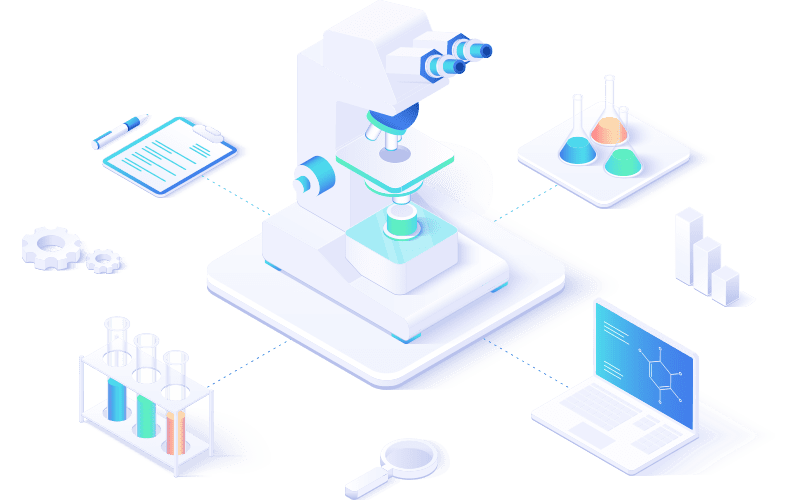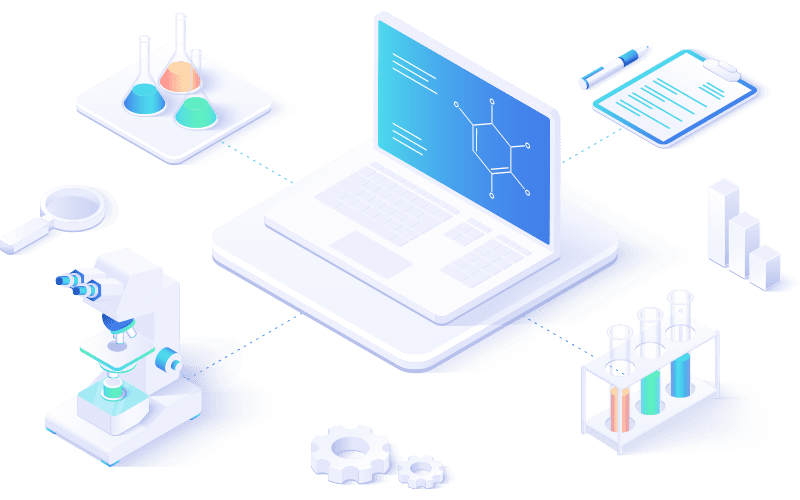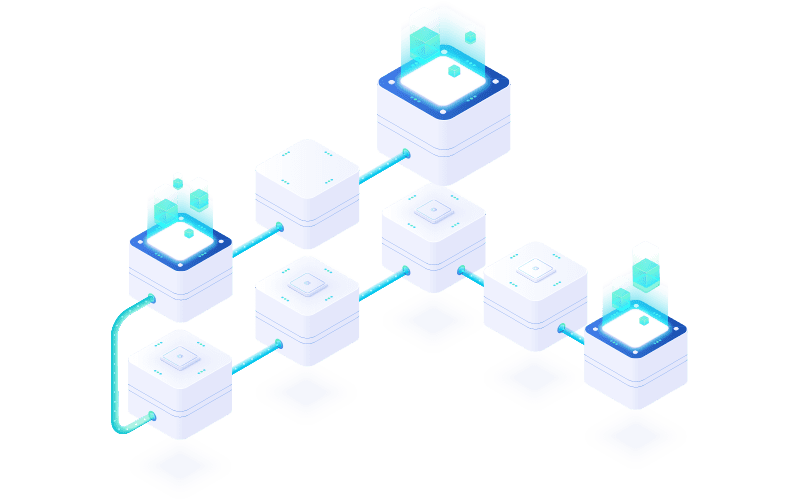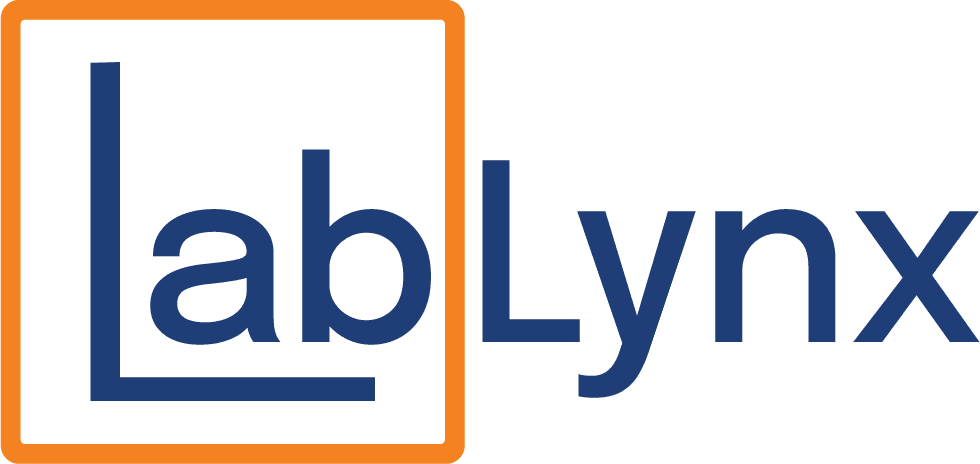
As laboratories face increasing pressure to do more with less—less time, fewer resources, and tighter compliance standards—investing in laboratory informatics has become not just a strategic advantage, but a business imperative. From pharmaceutical labs to environmental testing facilities, the return on investment (ROI) for laboratory informatics solutions such as Laboratory Information Management Systems (LIMS), Electronic Lab Notebooks (ELNs), and integrated analytics platforms is clear and measurable.
But how exactly does lab informatics drive ROI? And what should lab leaders consider when evaluating the financial and operational impact of these technologies?
Understanding Laboratory Informatics
Laboratory informatics refers to the application of information technology to optimize the acquisition, processing, storage, and sharing of lab data. Core components include:
- LIMS (Laboratory Information Management System): Manages sample tracking, workflows, inventory, compliance, and reporting.
- ELN (Electronic Lab Notebook): Digitally captures experimental procedures, observations, and data to replace paper notebooks.
- SDMS (Scientific Data Management System): Stores and organizes scientific data from instruments and devices.
- Instrument Integration & IoT Connectivity: Automates data capture and eliminates manual entry errors.
When properly implemented, these tools work together to enhance operational efficiency, regulatory compliance, data integrity, and collaboration—key drivers of ROI in any lab setting.
Direct Financial Returns: Quantifying Cost Savings and Efficiency Gains
1. Reduction in Labor Costs
Automating manual workflows can reduce staff time spent on repetitive administrative tasks by up to 40%, according to research by MarketsandMarkets. Tasks such as data entry, sample logging, and results reporting are streamlined, allowing scientists to focus on higher-value activities.
Case Study Insight: A pharmaceutical company using a LIMS to automate quality control saw a 25% decrease in FTE labor hours within the first year of implementation.
2. Fewer Errors and Rework
Manual data entry is prone to human error. One transcription error in sample tracking can cost a lab thousands in rework, wasted materials, and compliance risks. A LIMS minimizes this risk by automating data capture and enforcing validation rules.
Source: According to Lab Manager Magazine, labs with digital informatics solutions report 30% fewer data-related errors on average.
3. Faster Turnaround Times
Improved sample tracking, automated workflow routing, and real-time dashboards lead to faster decision-making. Environmental and clinical labs report up to 50% faster turnaround times after adopting a modern LIMS.
4. Optimized Inventory and Supply Use
LIMS with built-in inventory management modules help labs avoid overstocking or running out of critical supplies. Automated alerts and usage tracking reduce waste and improve budget accuracy.
Industry Insight: Thermo Fisher reports that automated inventory tracking can save 10–15% annually on lab supply costs.
Strategic Value: Long-Term Gains Beyond Immediate Cost Savings
1. Enhanced Regulatory Compliance
Audit trails, controlled access, electronic signatures, and standardized processes ensure labs meet FDA, ISO, EPA, and GLP requirements. Avoiding compliance fines or audit failures can protect millions in revenue and preserve institutional credibility.
Example: A food testing lab passed a third-party audit with zero findings after implementing a LIMS with full traceability and chain-of-custody tracking.
2. Data-Driven Decision Making
With advanced analytics modules or LIMS-ELN integrations, labs can unlock insights across experiments, identify trends, and inform future research or operational improvements. This can lead to faster product development cycles, more consistent quality, and better ROI on R&D investment.
3. Scalability and Growth Readiness
As labs grow, manual systems often break under pressure. A cloud-based LIMS scales effortlessly across sites and departments, supporting future growth without adding significant IT overhead or complexity.
Gartner reports that companies with scalable informatics platforms are 75% more likely to maintain high performance during periods of rapid growth.
ROI Metrics to Track and Benchmark
When calculating ROI for laboratory informatics, consider the following key metrics:
- Implementation cost vs. operational savings
- Time saved per workflow or process
- Reduction in errors, rework, or non-conformances
- Decrease in audit findings or compliance issues
- Time to results and reporting turnaround
- User satisfaction and adoption rates
Most labs begin to realize tangible returns within 12 to 18 months of implementation. Cloud-based or SaaS models often offer a faster path to ROI due to lower upfront costs.
Overcoming Common Barriers to Implementation
While the ROI is clear, some labs delay adoption due to perceived challenges:
- Cost: Initial investment can seem high, but modular, cloud-based systems make entry more affordable than ever.
- Complexity: Modern LIMS and ELNs offer user-friendly interfaces and configurable workflows that reduce setup time and training.
- Change Management: Strong leadership, clear communication, and ongoing support ensure successful adoption and long-term ROI.
Real-World Examples: ROI in Action
- Clinical Diagnostics Lab: Cut sample processing time by 35%, leading to faster patient turnaround and increased throughput.
- Cannabis Testing Facility: Saved over $80,000 annually by eliminating paper records, improving compliance, and automating reporting.
- Pharmaceutical QC Lab: Improved batch release times by 28% by integrating instrument data into the LIMS for automatic results validation.
The Bottom Line: Informatics Is an Investment, Not an Expense
Laboratory informatics delivers measurable ROI by reducing operational costs, improving quality, ensuring compliance, and enabling data-driven decisions. Labs that adopt digital solutions not only save money but also build resilience, adaptability, and competitive advantage in an increasingly complex and data-centric world.
Waiting to modernize your lab operations often costs more in the long run through inefficiencies, missed insights, and compliance risks. With the right strategy, support, and systems in place, informatics becomes a long-term asset that pays for itself many times over.
References
- MarketsandMarkets. Laboratory Informatics Market – Global Forecast 2028
- Gartner Research. Digital Transformation in Scientific Laboratories
- Lab Manager Magazine. Reducing Errors with Lab Automation
- Thermo Fisher Scientific. The ROI of Laboratory Inventory Management
- Scientific Computing World. Best Practices for LIMS Implementation
- FDA Guidance for Industry: Part 11, Electronic Records; Electronic Signatures
- McKinsey & Company. Digital Labs: The Next Frontier in Lab Productivity
Accelerate Your Lab's Success & Experience LabLynx
"*" indicates required fields
Explore the LabLynx Suites

LIMS Suite
Seamless Sample and Workflow Management
The LabLynx LIMS Suite empowers laboratories with the tools needed to manage samples, workflows, compliance, and more in one centralized system. It’s the backbone for labs seeking efficient, reliable, and scalable management solutions.

ELN Suite
The LabLynx ELN Suite offers a modern approach to managing lab data and experiments. With its secure, intuitive platform, your team can record, store, and collaborate effortlessly, supporting innovation every step of the way.

Lab Automation
Automate for Efficiency and Growth
Streamline operations and boost productivity with the LabLynx Lab Automation Suite. Designed for labs ready to embrace advanced automation, this suite integrates systems, instruments, and workflows to deliver efficiency at scale.

